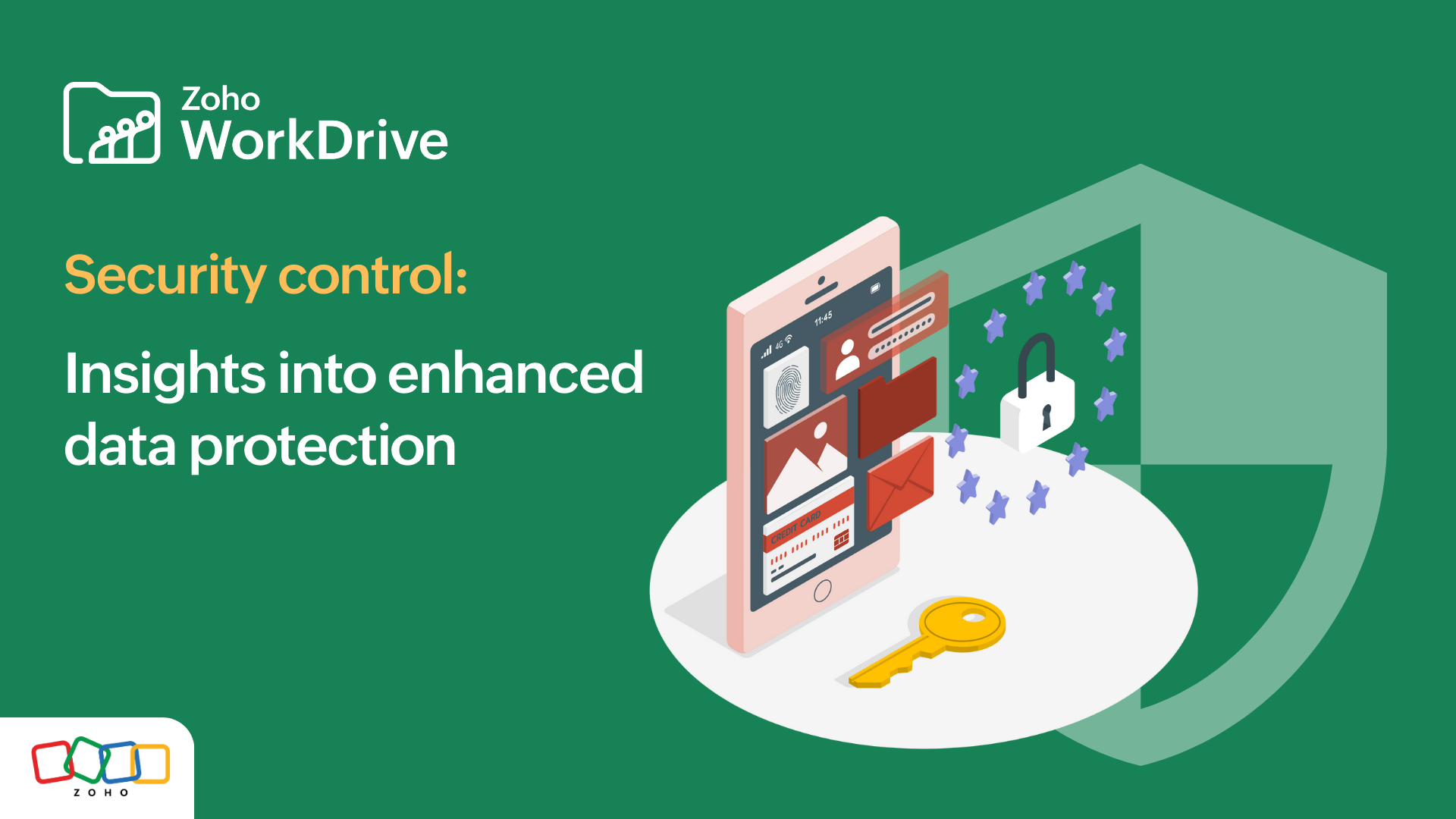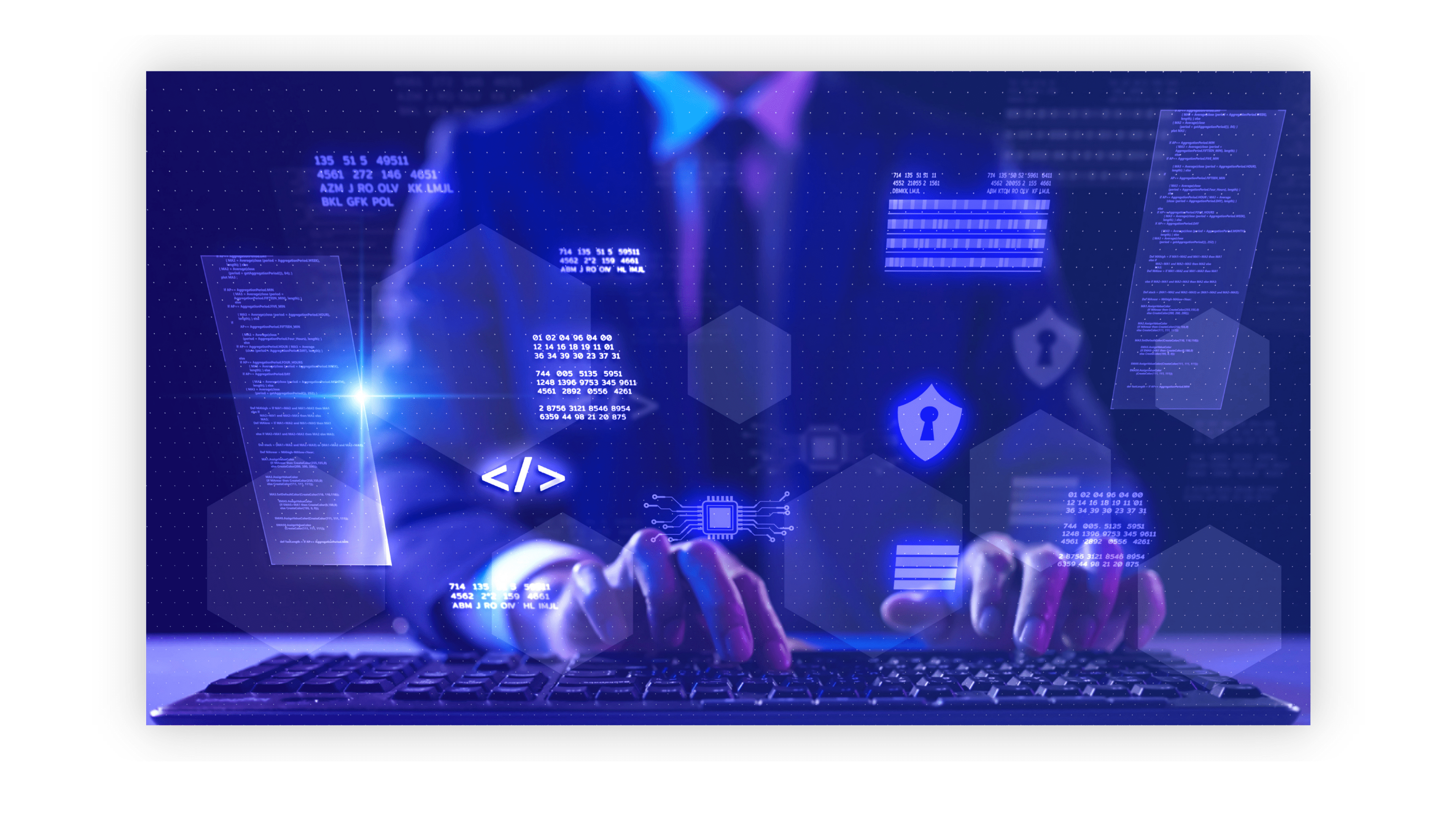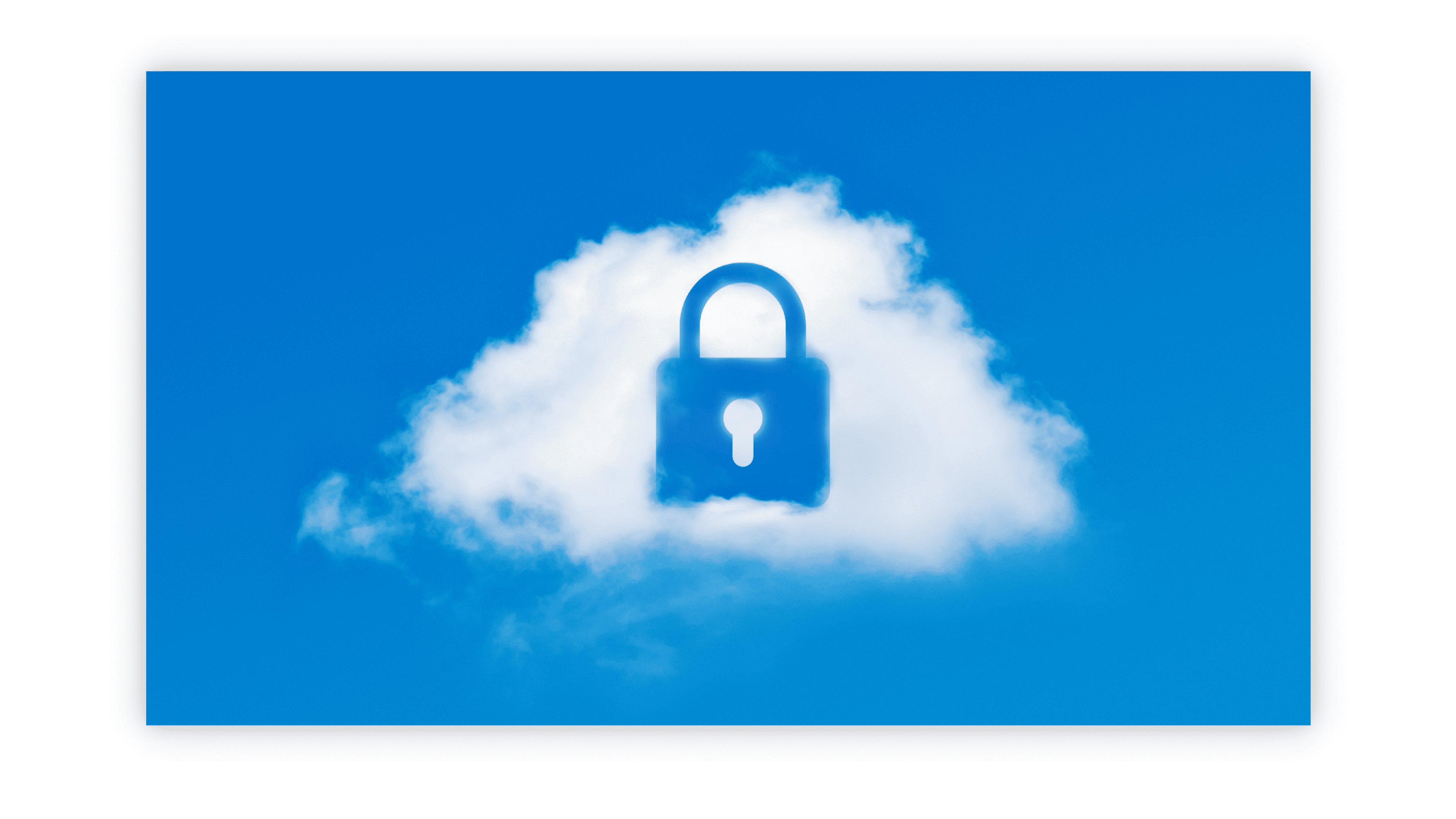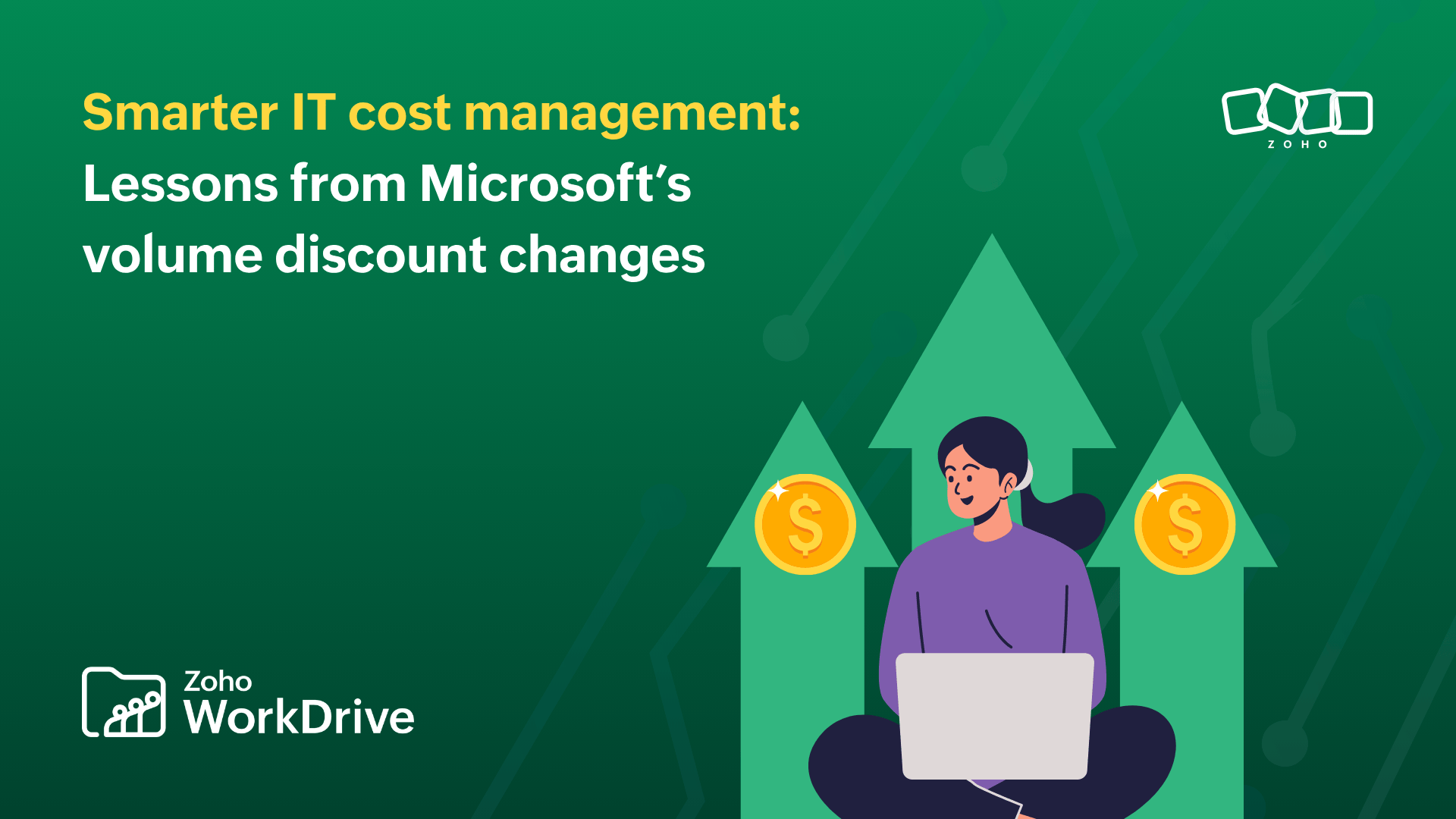Safeguard your data with security controls
- Last Updated : December 13, 2023
- 1.2K Views
- 4 Min Read

Most businesses rely heavily on one crucial resource for success—the data they hold. Without proper security measures to protect their data, no organization will be able to perform effectively. There are many methods for enhancing data security, but the fact that there is always room for improvement inspires many businesses to continually take a deeper look into their security measures.
This introduces another dimension to traditional security systems—security control.
What is security control?
Security controls are procedures taken to prevent, identify, and neutralize potential threats to a business and its data. These controls are used to ensure that data remains confidential, intact, and accessible at all times.
A recent survey by the Digital Security Authority (DSA) emphasizes that addressing risks to data is of prime importance to the sustenance of any business.

Types of security controls:
To begin with, we have to understand the key descriptors, or the key differences, between security control categories and types. This will help us to better understand the value that security controls can provide.
Categories:
Security controls can be categorized by their approach and functionality. In general, there are four categories, as explained below.
Administrative/Managerial Controls are generally policy-based controls, providing guidelines on how things should be done based on business requirements, and regulatory and statutory standards. These controls provide you and your coworkers with direction and structure, so that nobody in your business is penalized for not adhering to the rules.
Technical/Logical Controls are operating system-driven and implemented through software. These controls help in implementing countermeasures to address risks and minimize their impacts on business assets. One key difference between this category and the last is that this category is completely software based. Biometric verification, multi-factor authentication, and trusted platform modules (TPMs) are some methods of technical control.
Physical Controls have a concrete, material existence. These are controls that we can see, touch, feel, and interact with. We can use them to monitor the environment where data is stored. On a daily basis, physical controls are things like fences, surveillance cameras, security dogs, and fire sprinklers.
Operational Controls require human participation. A few examples of these controls are security awareness training, asset classification, and log file reviewing.
Types:
As we take a closer look at the different categories of controls, it's helpful to examine the "types" of controls available. The different types help us to devise effective decision-making strategies that reduce threat impact. There are seven security types:
Directive control provides guidelines, and primarily falls under the Administrative category. It is simply a policy-centric approach towards security.
Deterrent control, as the name suggests, will prevent a user from performing an action that they shouldn't be attempting. Deterrents are like a big STOP sign that warns the user about the risks of their next action.
Detective control tells us whether things are normal or not. It alerts the user if something bad has happened or is about to happen. In short, it detects potential risks, if any, so we can take the corrective actions.
Preventive control is similar to deterrent control. Deterrent control warns the user before they attempt any hazardous action, whereas preventive control denies permission to attempt any such action. Firewalls and access permissions are a few examples.
Corrective control takes predefined actions to safeguard data in the event of a mishap. Fail open, fail close, and fail-safe are examples of predefined actions.
Compensating control is like a backup system that makes up for the shortcomings of other controls. For instance, a computer can have a backup battery to compensate for the power supply in the event of a power outage.
Recovery control is sometimes mixed up with corrective controls. Corrective controls safeguard data in case of a mishap, whereas recovery controls help you get data back if it's lost. This means that recovery controls restore system operations to normal after a negative event has occurred.
To get the most out of your security controls, you must take into account the order in which various security controls are enacted. In general, the order that provides the ideal defense is the following:
- Deter users from doing something that shouldn't be done.
- Deny the user from doing such action with preventive controls.
- Detect the risk and take the necessary actions to prevent it.
- Delay the process of risk from happening once again.
- Correct any damage with a response plan.
- Recover from a compromised state by backing up all the required data to an alternate server.

End note:
In a world of SaaS, where it's all about optimizing your business with applications that run on an external server, it is a necessity to ensure that proper security controls are utilized. Whether you're working with an in-house application or a third-party solution, it is imperative to ensure that your security controls match your level of comfort with risk.


